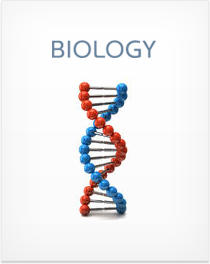Development and Behavior
This section covers the following topics
- Fertilization
- Cleavage and the formation of a blastocoel
- Gastrulation
- Neurulation
- Extraembryonic membranes
- Innate and learned behaviors
- Foraging and mating behaviors
- Social behaviors
Section Summary
After the sperm comes in contact with the egg, the acrosomal reaction is triggered. This process ends with the fusion of sperm and egg, forming a zygote that will grow into a new individual. After the sperm fertilizes the egg, the cortical reaction causes the formation of a fertilization envelope which prevents interactions with additional sperm.
During cleavage, the zygote divides rapidly to form a sphere of cells. In humans, a blastocyst forms that contains a hollow cavity and an inner cell mass. Gastrulation then occurs. Some cells move towards the center of the sphere, causing the formation of three distinct tissue layers, the ectoderm, endoderm and mesoderm. During neurulation a neural tube and notochord develop. These structures will become the central nervous system and spinal cord, respectively.
Human embryos also have a layer of cells called the trophoblast, which help imbed the developing cells within the endometrial lining of the uterus. The inner cell mass is divided into the epiblast (which will become much of the embryo) and the hypoblast. An organ called the placenta connects the mother to her child and supplies it with nutrients, oxygen and a method of waste removal.
The first type of behavior we will consider is called innate behavior. Innate behaviors are unlearned and generally do not change based on experience. A fixed action pattern, such as the knee-jerk response in humans, is an example of an innate behavior. Fixed action patterns are triggered by a certain stimulus. Once begun, a fixed action pattern generally continues until it is finished.
Learned behaviors change based on experience. Classical conditioning simply ties a stimulus to a certain outcome. Operant conditioning,... Sign up to continue reading Development and Behavior >
